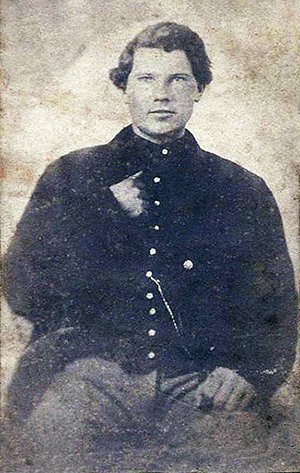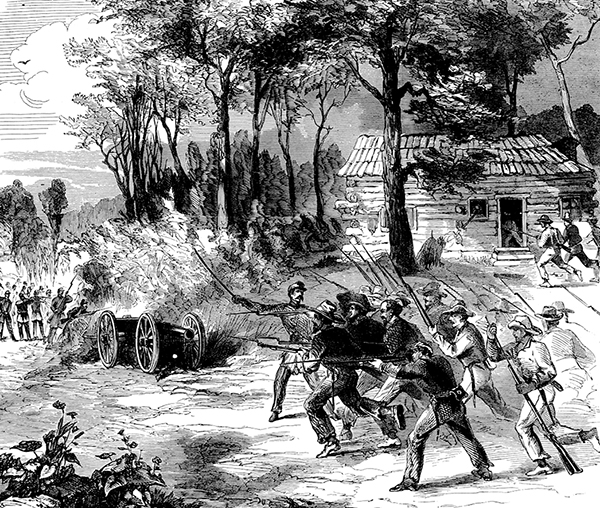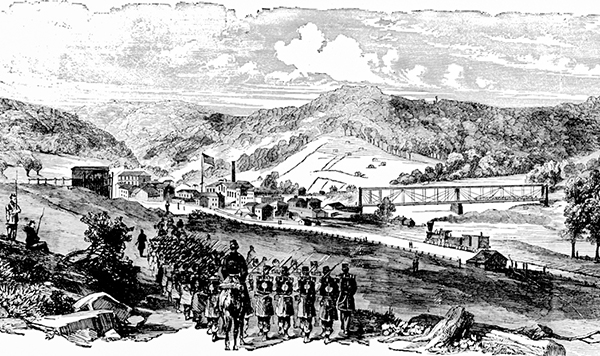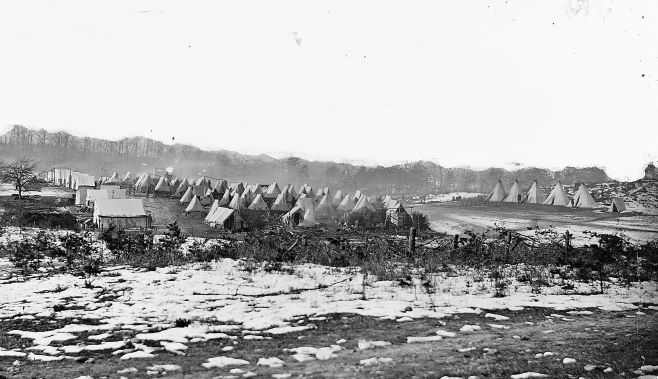Slogging north through the swamps of Whitesville North Carolina on a starlit February night, Owen Thomas Wright and three companions needed to put distance between themselves and the prison transport train. Owen hoped they were wading toward freedom from the horrors of the Confederate stockades in Florence. Instead, he was about to be snared as a catalyst for a guerilla war that would terrorize Robeson County, North Carolina, for seven years after Lee surrendered at Appomattox.
Different histories would use the name of Owen Thomas Wright in scorn or praise: guerilla leader of Indians and escaped slaves against the rising Ku Klux, a terrorist of wealthy plantation owners, a champion of freedom and humanity, a notorious criminal, an informant, or any combination of the above. Owen’s journal offers a more straightforward picture: a sick soldier left behind to take the blame for a series of dramatic events that occurred while he was imprisoned, unconscious, or delirious. Adding his voice to history changes the understanding of events that triggered a protracted guerilla war between swamp outlaws and Confederate loyalists during the closing days of the Civil War.
Synthesizing Owen's recently discovered journal with the pages of history provides an intimate look into the homes of Southerners as Sherman’s approaching army heralded the end of the war and offers a clearer understanding of the role four escaped Yankees played in triggering the Lowry War.
In the works!
Thank you for your interest in "Escape into the Swamp War: Escaped Yankee prisoners trigger a guerrilla war in North Carolina." I am preparing this section of the site as a booklet for Fall 2020. Meanwhile, if you have input, feedback, and questions about escaped Yankee prisoners who were catalysts of the Lowry War in the swamps of Lumberton North Carolina in the closing days of the Civil War, please use the comment field at the bottom of the article, or directly contact me using the Contact Form. For now, below is a summary, an image gallery, and a bibliography.
Summary
As Sherman’s army marched toward the heart of the rebellion at the end of the Civil War, citizens of Lumberton North Carolina would blame four escaped Yankee prisoners for triggering the Swamp Wars, seven years of guerilla combat waged by the Lowry Gang against Robeson County plantation society. Although numerous histories have attempted to tell the events surrounding the start of the Lowry War, most writers have based analysis on investigative reports from several years after the events. Relying on these later investigations, most accounts identify an escaped Yankee prisoner, Owen Thomas Wright, as a key figure in organizing and leading guerilla bands in the swamps around Lumberton. However, Owen’s recently discovered journal adds a first-hand account that offers a new perspective on the Lowry War, and that questions the judgment of history. From escaping Confederate prison, through association with the Lowry Gang and recapture by Confederate militia, to rescue by Sherman’s cavalry, this section will weave Owen’s recollections into historical and contemporary accounts. The result provides an intimate look into the homes of Southerners as Sherman’s approaching army heralded the end of the war and offers a clearer understanding of the role four escaped Yankees played in triggering the Lowry War.
Image Gallery






Owen in Lowry War history
Owen is featured in the following books
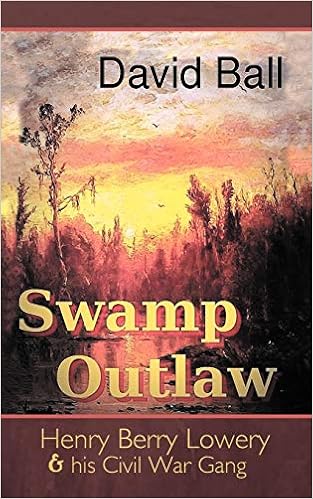


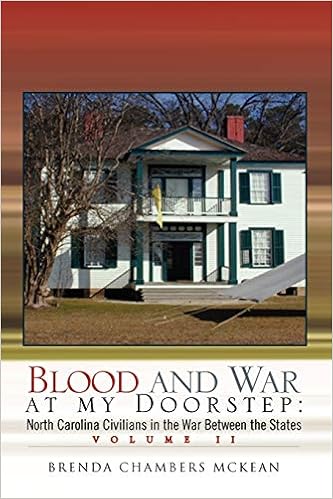
- Land of the Lowerys. New York Herald. (New York [N.Y.]), 08 March 1872. Chronicling America: Historic American Newspapers. Lib. of Congress.
- The Swamp outlaws, or, The North Carolina bandits: being a complete history of the modern Rob Roys and Robin Hood, New York, NY: Robert M. DeWitt, 1872. https://amzn.to/3hXpRWn
- The Lowerie history. As acted in part by Henry Berry Lowerie, the Great North Carolina Bandit, Lumberton, NC: Lumbee Publishing Company, 1909. https://archive.org/details/lowriehistoryasa00norm
- The life and times of Henry Berry Lowry, Pembroke, NC: The Lumbee Publishing Company, 1979.
https://archive.org/details/TheLifeAndTimesOfHenryBerryLowry
Bibliography
|
[1] |
W. Marvel, Andersonville: The last depot, Chapel Hill, NC: University of North Carolina Press, 1994. |
|
[2] |
J. McElroy, A story of rebel military prisons, Toledo, Ohioa: D. R. Locke, 1879. |
|
[3] |
N. N. Baxter, Gallant Fourteenth: The story of an Indiana Civil War regiment, 3 ed., Carmel, Indiana: Guild Press of Indiana, 1999. |
|
[4] |
W. M. Evans, To Die Game: The story of the Lowry Band, Indian guerillas of reconstruction, New York, NY: Syracuse University Press, 1995. |
|
[5] |
J. B. Hood, "The defense of Atlanta," in Battles and Leaders of the Civil War, vol. 4, New York, NY: The Century Co., 1887. |
|
[6] |
L. Foote, "The fugitives," The Civil War Monitor, vol. 4, no. 4, pp. 55-77, Winter 2014. |
|
[7] |
Folksong, "De Ham Fat Man," [Online]. Available: http://www.traditionalmusic.co.uk/songster/13-de-ham-fat-man.htm. [Accessed 31 January 2015]. |
|
[8] |
G. L. Barton, The life and times of Henry Berry Lowry, Pembroke, NC: The Lumbee Publishing Company, 1979. |
|
[9] |
L. M. Haputman, Between two fires: The American Indians in the Civil War, New York, NY: The Free Press, 1995. |
|
[10] |
B. C. McKean, Blood and War at my Doorstep (Hardcover), Xlibris, 2011. |
|
[11] |
M. C. Norment and F. A. Olds, The Lowerie history. As acted in part by Henry Berry Lowerie, the Great North Carolina Bandit, Lumberton, NC: Lumbee Publishing Company, 1909. |
|
[12] |
G. A. Townsend, The Swamp outlaws, or, The North Carolina bandits: being a complete history of the modern Rob Roys and Robin Hood, New York, NY: Robert M. DeWitt, 1872. |
|
[13] |
A. Bailey, "How Scuffletown became Indian country: Political change and transformations in Indian identity in Robeson County, North Carolina, 1865--1956," ProQuest, Ann Arbor, 2008. |
|
[14] |
H. McMillan, Sir Walter Raleigh's lost colony, 2nd ed., Raleigh, NC: Edwards & Broughton Printing Co, 1907. |
|
[15] |
W. S. Chaffin, Diary, Durham, NC: Duke University Archives, 1865. |
|
[16] |
Bloomfield News, "Former well known soldier citizen of Taylor Township passes on," The Bloomfield News, vol. XXXV, no. 8, p. 1, 5 January 1911. |
|
[17] |
H. W. Slocum, "Sherman's march from Savannah to Bentonville," in Battles and Leaders of the Civil War, vol. 4, New York, NY: The Century Company, 1888, p. 694. |
|
[18] |
Harper's Weekly, "The North Carolina Bandits," Harper's Weekly, p. 249, 30 March 1872. |
|
[19] |
New York Daily Herald, "Land of the Lowrys," New York Daily Herald, 8 March 1872. |
|
[20] |
National Park Service, "The Civil War soldier search," 31 January 2015. [Online]. Available: http://www.nps.gov/civilwar/soldiers-and-sailors-database.htm. [Accessed 1 February 2015]. |



